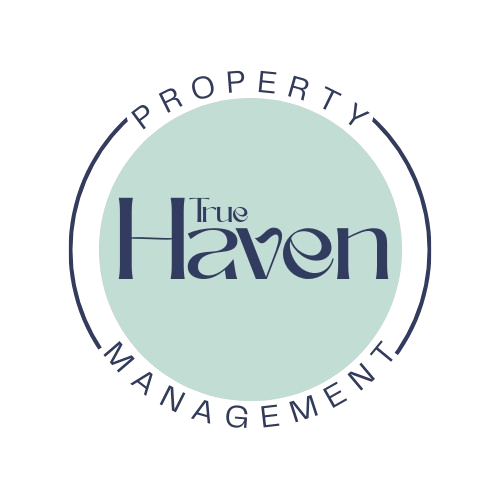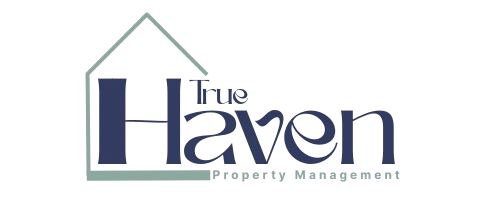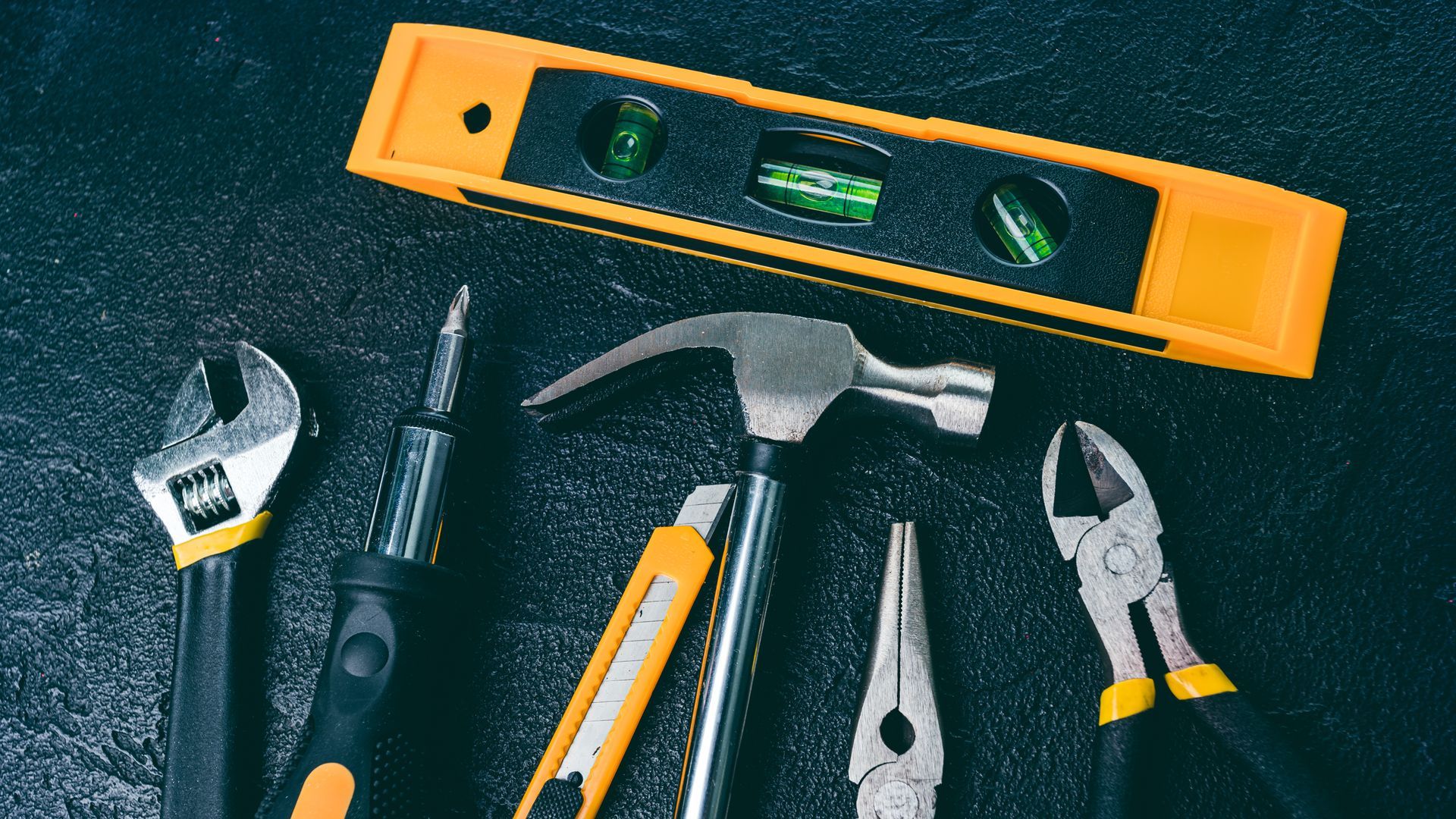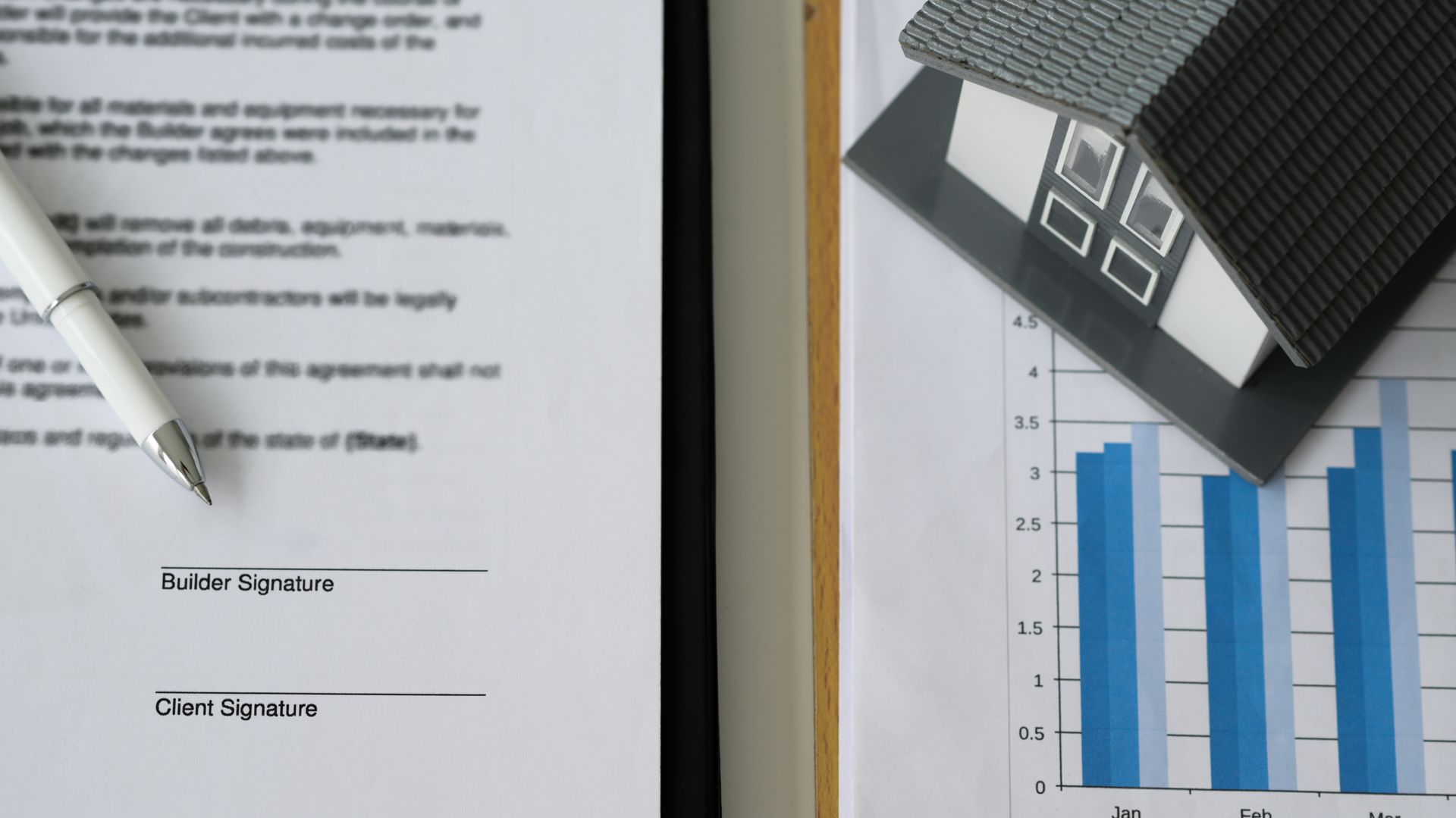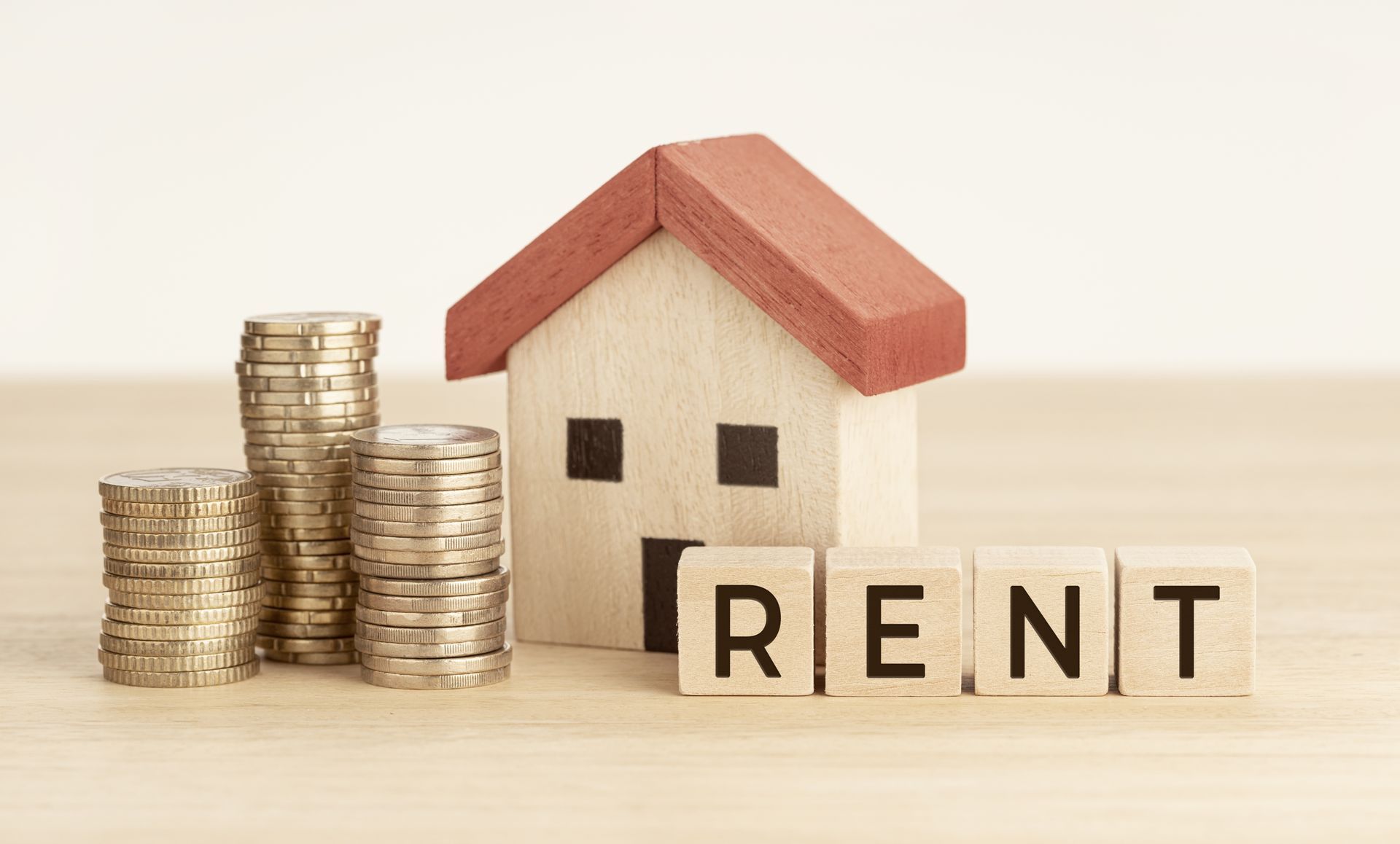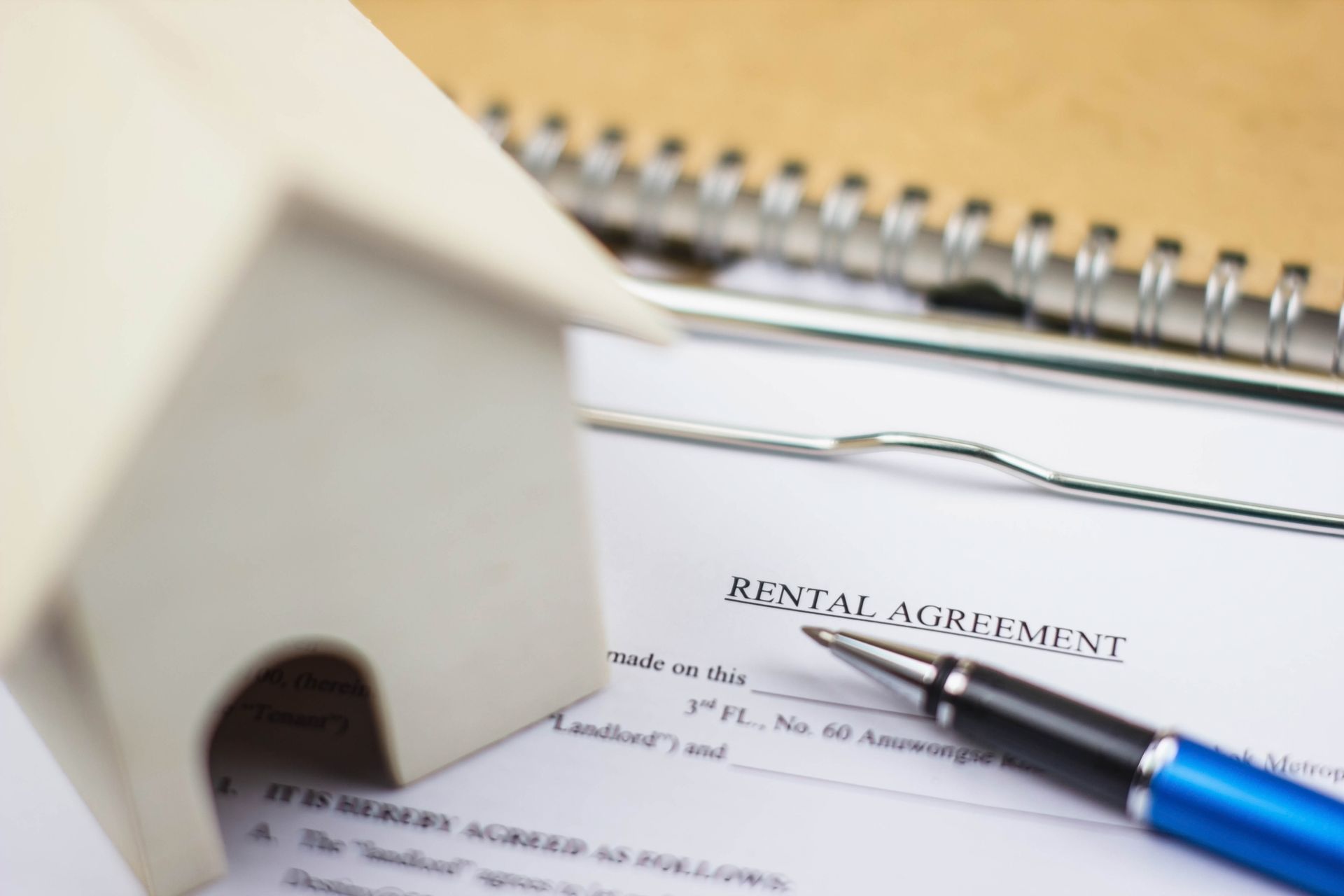Lease Agreement Essentials: Maintenance Responsibilities & Landlord Entry Rights
A well-written lease agreement is more than just a formality, it’s the operational rulebook for the entire landlord-tenant relationship.
In our last post, we covered some of the essential clauses every lease should include. Today, we’re focusing on two areas that often lead to daily friction and tenant confusion if not addressed clearly:
✅ Maintenance responsibilities
✅ Landlord’s right of entry
These issues may seem straightforward, but as a property manager, I’ve seen them create major problems for self-managing landlords when expectations aren’t clearly outlined. Let’s dig into both.
Maintenance Responsibilities & Tenant Expectations
California law requires landlords to provide and maintain a habitable living space. This means addressing serious health or safety issues promptly, like heating, plumbing, water, or pest infestations.
But here’s where many landlords get tripped up: The difference between required maintenance and cosmetic preferences.
What Landlords Are Typically Responsible For
- Structural repairs (roof, walls, flooring)
- Plumbing and electrical systems
- Heating and cooling
- Major appliances if included in the lease
- Safety concerns (e.g., smoke detectors, mold remediation, secure doors/windows)
What Tenants Are Generally Responsible For
- Keeping the unit clean
- Disposing of trash properly
- Reporting maintenance issues promptly
- Avoiding damage from misuse or negligence
But what about gray areas, like an outdated light fixture or carpet that's just a little worn?
That’s where your lease plays a critical role.
Set a Clear Maintenance Standard
Your lease should clarify that the property is to be maintained in substantially the same condition as when the tenant moved in (excluding normal wear and tear). This is where your move-in condition checklist and photos come in handy.
And when it comes to appliances like washers, dryers, or microwaves, if they were included at the start of the lease, the default assumption under California law is that you, the landlord, are responsible for keeping them functional unless the lease says otherwise.
Tip: If you provide amenities but don’t want to be responsible for their repair or replacement, this must be explicitly stated in the lease.
Create a Clear Repair Request Process
Your lease should clearly outline how tenants should report issues. ideally:
- In writing (email, portal, or maintenance request form)
- With as much detail as possible (date issue started, urgency, photos if relevant)
This helps avoid disputes and ensures both sides are on the same page.
Landlord’s Right of Entry in California
Maintaining your property is important, but so is your tenant’s privacy.
In California, landlords must give reasonable notice before entering a rental unit, except in emergencies.
What the Law Requires
- Notice: At least 24 hours in writing (email or text is okay if the tenant has agreed to receive notices that way).
- Timing: Entries must happen during normal business hours, unless the tenant agrees otherwise.
- Reasons you can enter include:
- Making repairs
- Showing the unit to potential buyers, tenants, or contractors
- Conducting agreed-upon inspections
- Responding to emergencies (no notice required)
- Making repairs
- Showing the unit to potential buyers, tenants, or contractors
- Conducting agreed-upon inspections
- Responding to emergencies (no notice required)
Friendly Visits Can Still Violate Privacy
Even if your tenant is relaxed or says “it’s fine,” unannounced visits can still make them uncomfortable and violate legal boundaries.
✅ Always provide notice in writing and document it. This protects you and reinforces professional boundaries.
Other Lease Clauses You Shouldn’t Skip
In addition to maintenance and entry rights, make sure your lease clearly defines:
- Rent payment terms (how/when to pay, grace periods, late fees)
- Subleasing policy (if it's allowed, under what conditions)
- Pet rules (whether pets are allowed, breed/size restrictions, deposits)
- Smoking policy
- Rules on unauthorized occupants or guests
Getting these day-to-day operational details right in the lease helps you prevent conflict and streamline property management.
Want a Lease That Actually Works for You?
Too many leases are vague, outdated, or copied from random templates. That’s risky, especially in California where tenant protection laws are strict and change frequently.
Our FREE Essential Guide to Rental Property Success goes deeper into:
- Must-have lease clauses (Chapter 8)
- Maintenance & habitability obligations (Chapter 9)
- Move-in/move-out documentation
- California-specific compliance tips
👉 Download E-book here
👉 Click here for free consultation
A good lease isn’t just a contract, it’s your first and best property management tool. Thanks for reading, and manage wisely!
